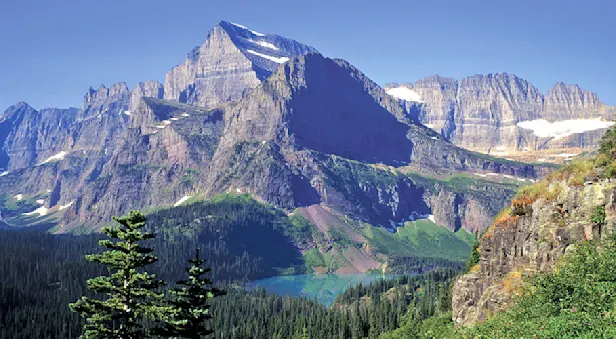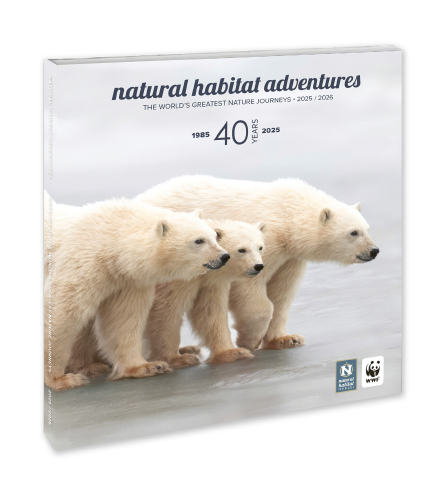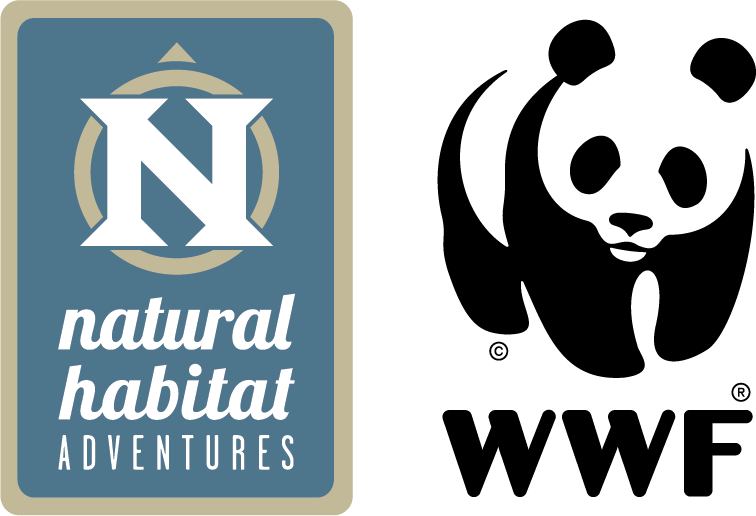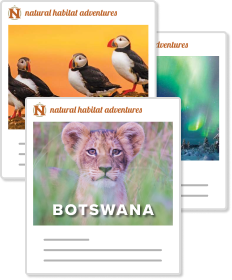Know Before You Go
Black Bear Facts | Canadian Rockies Wildlife Guide
The American black bear (Ursus americanus) is common throughout the forests and mountains of the Pacific Northwest, Canada, Alaska, the Rocky Mountains, the upper Midwest, parts of the southern U.S., the Appalachian Mountains and in Mexico. Black bear fur ranges from gray to blue-gray, black, cinnamon and even white. They have small heads with straight-line profiles, rounded ears, non-retractable claws and an incredible sense of smell—perhaps the keenest nose in the animal kingdom.
Behaviorally, black bears are less aggressive than brown bears and rely on their ability to climb trees to escape predators such as wolves, grizzlies and male black bears. Though smaller than grizzlies, black bears still require mass quantities of vegetation to stimulate their winter torpor. Bears have an elongated digestive tract, which allows for more efficient digestion. To maximize the quality of food items ingested, they typically forage for plants in phenological stages of highest nutrient availability. Torpor is the most effective means of energy conservation available to mammals. This physiological suppression of metabolic rate—often accompanied by suppression of feeding behaviors and defecation—is an adaptation that enables black bears to survive the energetic demands of cold ambient temperature and limited resources.
After black bears have built up sufficient adipose (fatty) tissue and have grown thicker fur, they retreat into dens constructed out of fluffy, insulative material. Though these wintering habitats shield the bears from freezing temperatures and harsh winds, they fail to protect the animals from the consequences of climate change. Longer summer months delay typical foraging and denning behaviors. As a result, black bears are more active during the day—increasing their chances of coming into contact with humans and causing conflicts over food and territory.
See Black Bears on These National Park Adventures

Glacier & Waterton: An International Treasure
Sheer-walled peaks, icy lakes, alpine valleys, summer wildflowers and magnificent wildlife! Discover all the wonders on both sides of the border with naturalist guides who know this land intimately.
























